Eating pumpkin leaves may sound strange but they’re actually quite tasty and full of nutrients.
In this article I’ll tell you how to harvest, prepare and cook pumpkin leaves so that you can get the most out of your pumpkin plants.
This post contains affiliate links. Please read the disclosure for more info.
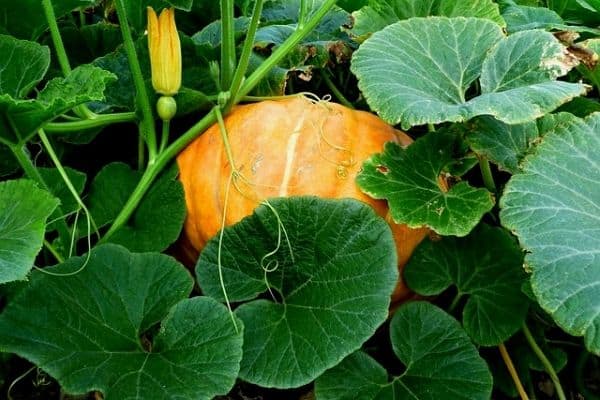
Pumpkin leaves are round and flat with tiny spikes covering the surface of the leaf.
If you’ve ever grown pumpkins you’ll know that the vines spread out a lot and can quickly take over your garden if you let them!
Each pumpkin vine produces an abundance of leaves and the plants will keep producing flowers and pumpkins even if you pick some of the leaves to cook with.
Harvesting pumpkin leaves
Pumpkin leaves become larger and tougher as the plant matures so it’s best to harvest the leaves of young pumpkin plants.
If you have plenty of space in your garden you could plant an extra plant or two just to harvest the leaves.
I always wear long sleeves when I’m working in the pumpkin patch because the pumpkin leaves are spiky and can make your arms itchy.
Choose the smallest leaves on the vine to harvest, but only take every second leaf so the plant can continue growing.
Don’t pick any leaves that are yellow in color and avoid picking the leaves from any plants that are affected by powdery mildew.
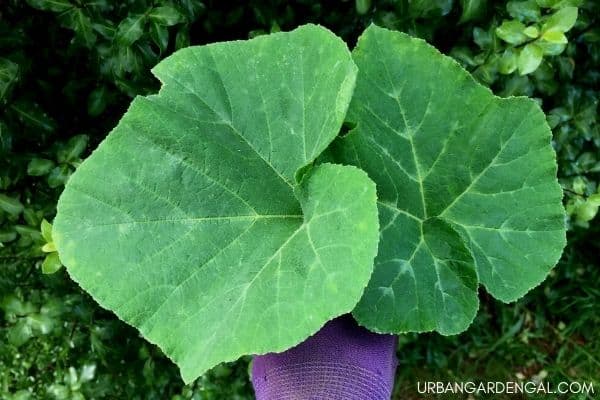
Preparing pumpkin leaves
Preparing the leaves can be a bit tedious and time consuming but it’s worth it.
First, thoroughly wash the leaves in cold running water to remove any soil from the leaves.
Hold the leaf by its stem, cut halfway through the stem and pull it down to remove the spiky outside layer of the leaf.
If you’re using young leaves, the spiky parts will be tender once they’re cooked so you don’t have to worry about removing them.
Cooking pumpkin leaves
In Africa pumpkin leaves are known as Ugu and they’re commonly used in soups and stews.
You can also lightly sautee pumpkin leaves in olive oil and add them to pasta dishes, blanch them or use them in place of leafy green vegetables in other recipes.
Tender pumpkin leaves from young pumpkin plants can also be sliced thinly and added to salads.
Nutrients in pumpkin leaves
Similar to spinach, collards, kale and other green leafy vegetables, pumpkin leaves contain an abundance of antioxidants, vitamins and minerals including folate, iron, calcium and vitamins A, K and E.
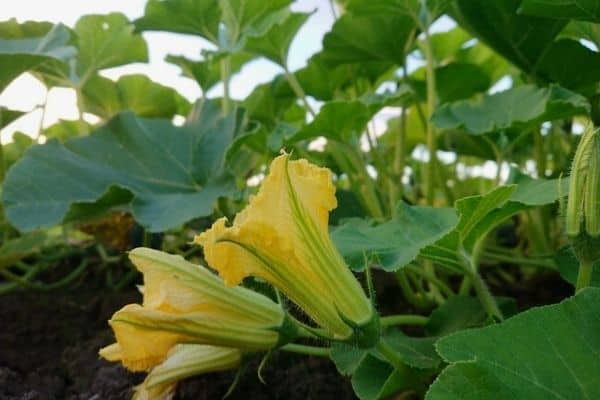
What do pumpkin leaves taste like?
Pumpkin greens are less bitter than other green vegetables so they’re great if you want to sneak some veggies into your kids meals.
If you don’t like the bitterness of kale or chard you may enjoy the taste of pumpkin leaves.
What other parts of pumpkins are edible?
As well as the flesh and leaves you can also eat pumpkin flowers and pumpkin seeds.
By growing your own pumpkins you can make use of all parts of the plants.
Are squash leaves edible?
Yes, you can use the leaves from butternut squash, acorn squash and other varieties of squash in the same way that you would use pumpkin leaves.
Where to buy pumpkin leaves?
It’s not easy to find pumpkin leaves at the grocery store or farmer’s market so if you’re not able to grow your own pumpkin plants you can buy dried ugu leaves online.
The great thing about dried pumpkin leaves is they’re already prepared for you so you can add them straight to soups, pastas or stews.
So there are my tips for preparing, cooking and eating pumpkin leaves from your garden.
RELATED ARTICLES
- How To Grow Pumpkins Vertically
- 10 Small Pumpkin Varieties
- 10 Small Vegetable Garden Ideas
- Pumpkin Growth Stages
- When is Pumpkin Season?
Did you know that pumpkins leaves are edible? Have you tried eating pumpkin leaves? Let me know in the comments below.
Are you on Pinterest? I have boards dedicated to Vegetable Gardening and Gardening Tips that you may find helpful. You can also find me on Facebook.

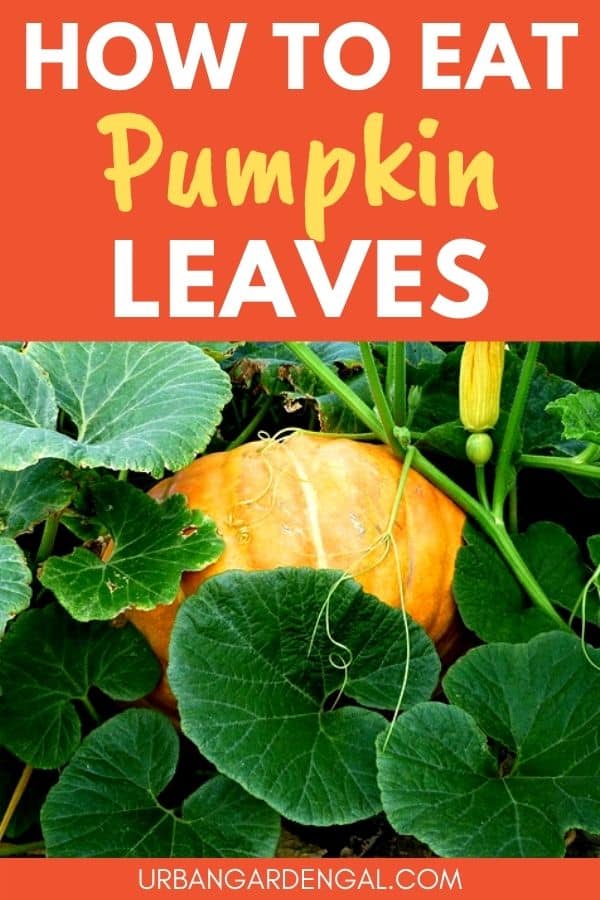
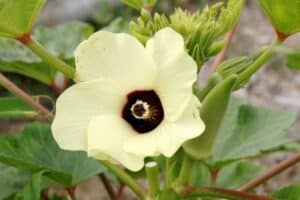
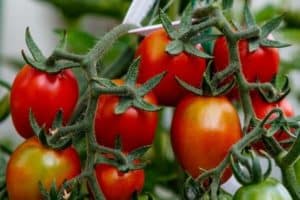
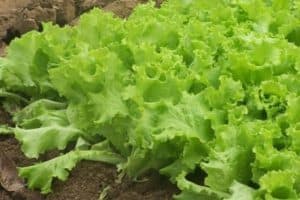
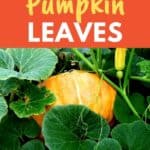
thank you for your information. We compost, and when we garden in the spring, we mix our compost with our plants. We get all kinds of squash volunteers. In the winter in Arizona, they actually grow, but we do not get squash after December. but we get the leaves, and they are quite green and firm. Now we do not have to waste them by putting them back in our compost. We are going to try to make soups, etc.
Great idea Joe, the pumpkin leaves are very nutritious and will make a nice addition to your soups.